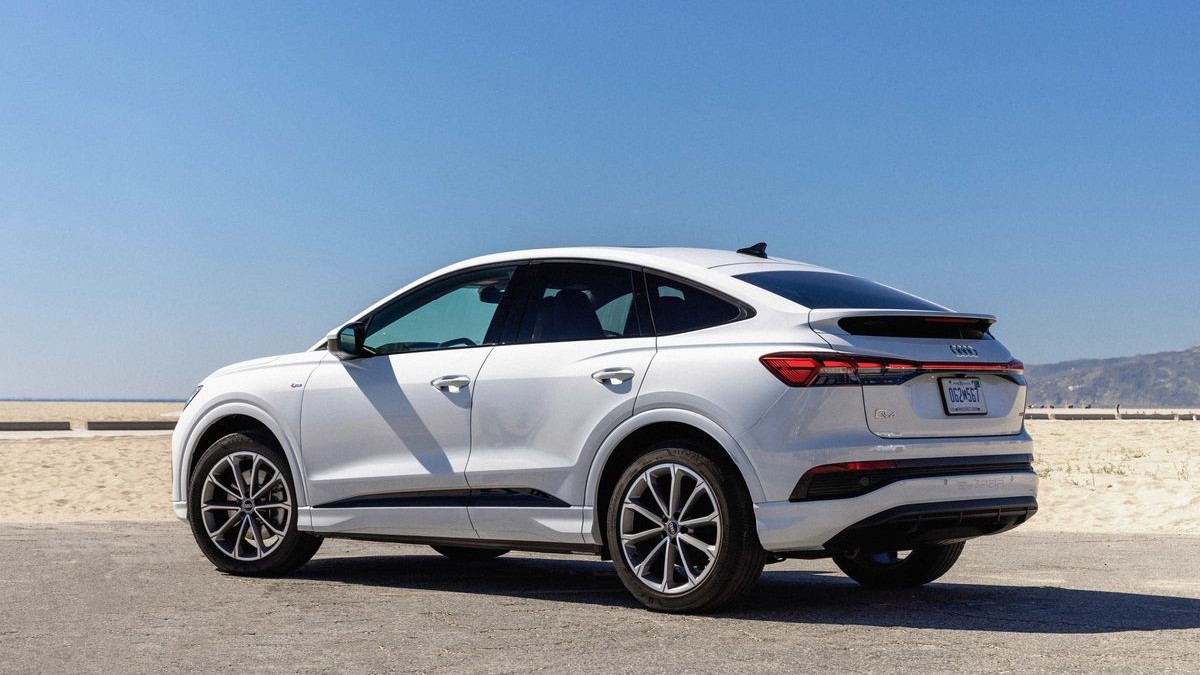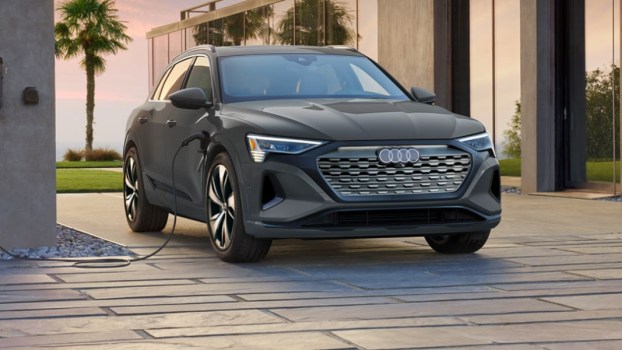
Audi is Changing How it Names Cars – Again
With the rapid development of new EVs, brands are coming out with new cars seemingly every week. With that uptick in releases comes confusion for consumers, and Audi is looking to clarify things. By changing its model names for the third time in six years, Audi is attempting to separate its EVs from its ICE cars.

Audi’s ambitious EV plans
Audi plans to release over 20 new electric vehicles by the end of 2025. Considering we’re already a quarter of the way through 2023, that target will be here before we know it. By then, over half of the German brand’s models will be electric. That has the potential to create confusion when trying to find the right vehicle.
Audi’s solution to this is to adjust its naming structure to help consumers differentiate electric vehicles from gas-powered cars at a glance.
How Audi’s new vehicle naming structure will work

In a presentation on March 16th, 2023, CEO Markus Duesmann indicated Audi’s electric vehicles will carry even-numbered names. Meanwhile, its ICE cars will get odd-numbered nomenclature. Notably, only full EVs will get even numbers. This means that any hybrid or plug-in hybrid Audi vehicles will carry odd-numbered indicators.
In fact, Duesmann said that the switch already started with the renaming of the Audi e-tron as the Q8 e-tron following its mid-cycle refresh in 2022. That would then make the current gas-powered Q8 model the Q9. That update should occur in the summer of 2023, according to Motor Authority.
This also jives with rumors that the current A4, which is one of Audi’s most-popular gas cars, will be renamed the A5 starting in 2023. Furthermore, the German brand plans to introduce the A4 e-tron in early 2024, though official information on that model has yet to break cover.
This isn’t the first Audi name change
Beginning in 2017, the German brand changed its naming structure to reflect the engine options available within each model lineup. Rather than calling it Audi A4 2.0T for a 2.0-liter turbo, it was named something like Audi A3 45TFSI which means…something. The numerical system has nothing to do with the displacement or power of the engine. Instead, it’s a seemingly random code designating different engines from each other.
It happened because Audi began selling multiple versions of the same engine with different power outputs. The 35 TFSI and 45 TFSI could both be 2.0-liter turbos, but the one with the bigger had more power.
So far, no such differentiator exists with the brand’s different electric outputs. From the 201-horsepower Q4 e-tron to the 591-horsepower RS e-tron GT, all Audi EVs get the same e-tron badge. As the German outfit continues to add EVs to its lineup, we expect to see much clearer distinctions between its electric motor options. For now, the switch to all even numbers is considered enough to clarify the difference.




